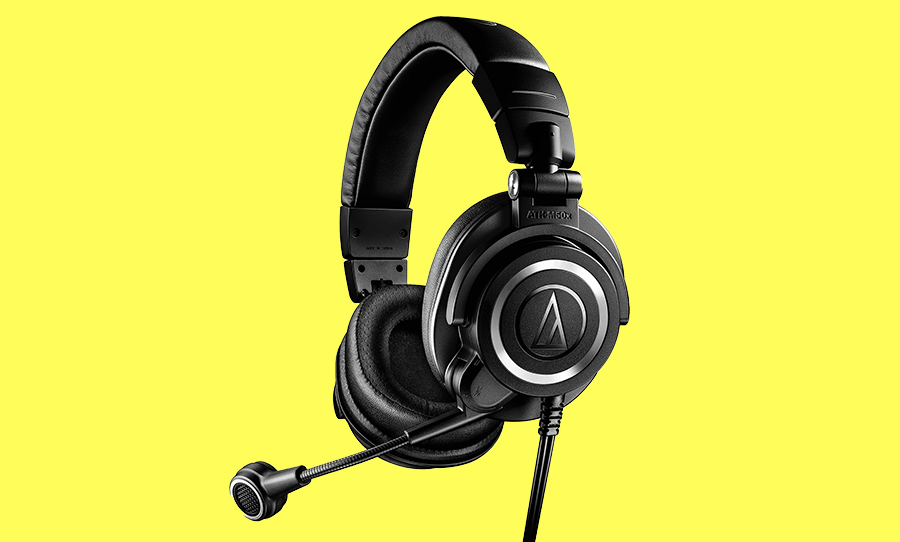The record player has been around in some shape or form for the best part of 140 years, and even though the concept of spinning vinyl has remained, the design and purpose of turntables has shifted significantly.
Record players were the most popular form of music playback in the world, bar radio for much of the early 20th century. That’s probably because they were the only option, but as the decades rolled on new forms came to fruition that pushed turntables to the side. They remained a tool for serious audiophiles and DJs, and with the dawn of the digital era, most thought they would fade into obscurity. As you’d know, they didn’t, and lately, they’ve had something of a resurgence, not enough to make a dent in the massive streaming market, but enough for audio companies to start rethinking the old timer for the digitised era.
When you look at an original gramophone and compare it to something like Audio-Technica’s Bluetooth enabled LP60XBT, you really get an idea of how the technology developed, mutated even. I’m gonna say it… I think they’ve come full circle.
So let’s take a look back in time and see how the humble turntable has developed, changed and adapted, and how they’re shaping up for a new life in a digital era.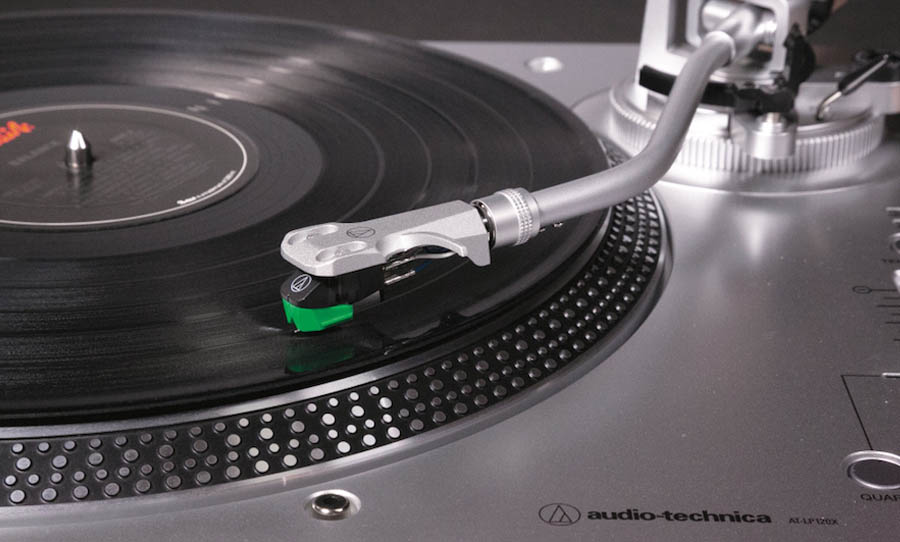
It’s no secret that vinyl is regaining popularity. However with its comeback, manufacturers are adapting turntables to the digital age in brand new ways
Early Spins
It goes without saying, turntables are old technology. You could trace the DNA of your vinyl player all the way back to Thomas Edison, who in 1877 invented the world’s first Phonograph. It was capable of recording sounds with a stylus onto thick tinfoil wrapped around a cylinder, ready for playback.
John Kruesi, Edison’s creative is credited for the first ever recording played. He shouted, “Mary had a little lamb.” I guess that’s just what came to his mind.
Five years later inventor of the telephone Alexander Graham Bell improved on the idea, replacing Edison’s foil with wax which resulted in more accurate sound reproduction.
The idea began to catch on and before long the popular gramophone was developed by German-American inventor Emile Berliner. This step was revolutionary as the gramophone read grooves from a disc, setting a blueprint for the standard of future record players.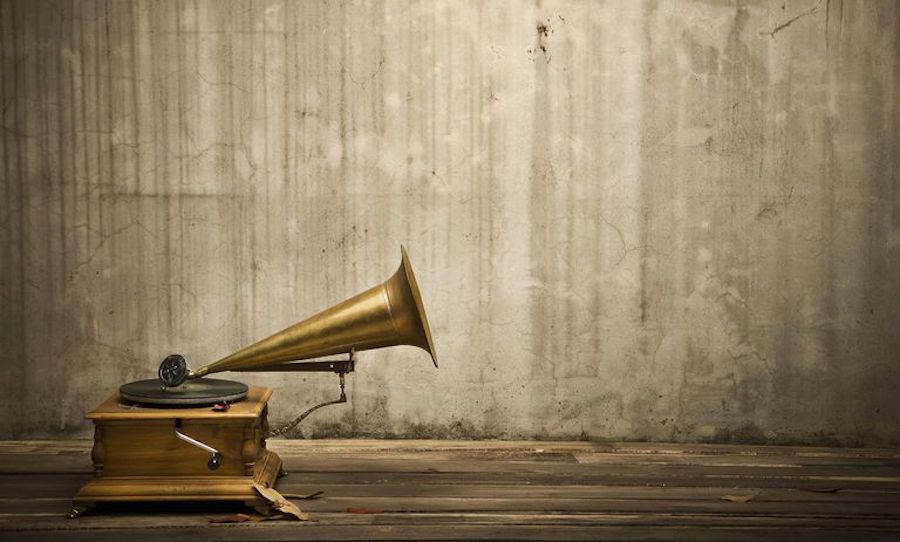
The first versions played discs made from zinc but this was soon replaced with vulcanite before shellac became the new standard, which continued all the way through to the 1940s when vinyl records earned their namesake.
These early Gramaphones played records at 78rpm, usually using a spring wound, wind-up motor. Slowly electricity-powered gramophones began to take over, which spun records with fly-wheel friction discs, in a similar manner to a car clutch system.
After radio started booming in the 1920s, turntables were often incorporated in combination entertainment systems. These popular units were built for families and also included a built-in amplifier, speakers and a radio.
It wasn’t until 1934 that the first component turntable was released, the RCA Victor Duo Jr, which could be plugged into a radio speaker. Component turntables became popular with a new breed of entertainer, Disc Jockeys, who found they could cut and fade between two turntables, keeping a continuous flow of music on their own. The idea began to catch on, however, all-in-one units remained the norm until the late 1950s.
Record Playing as We Know It
Developments in the 1960s and 70s built upon the classic record player formula, creating modern turntables as we know them. The introduction of stereo playback and additions such as jewel balanced tonearms, electronically controlled linear tracking and magnetic cartridges made accurate sound reproduction accessible to more people than ever.
At this point in time, most record players used belt drive, however, the reliability of direct drive technology became a favourite for DJs. Hip hop DJs began to use record players in new creative ways, connecting audio mixers and creating rhythmic scratching sounds by guiding the vinyl with their hands.
Hi-fidelity vinyl playback had hit a high point, but as the end of the 70s loomed, a young gun entered town. The compact disc.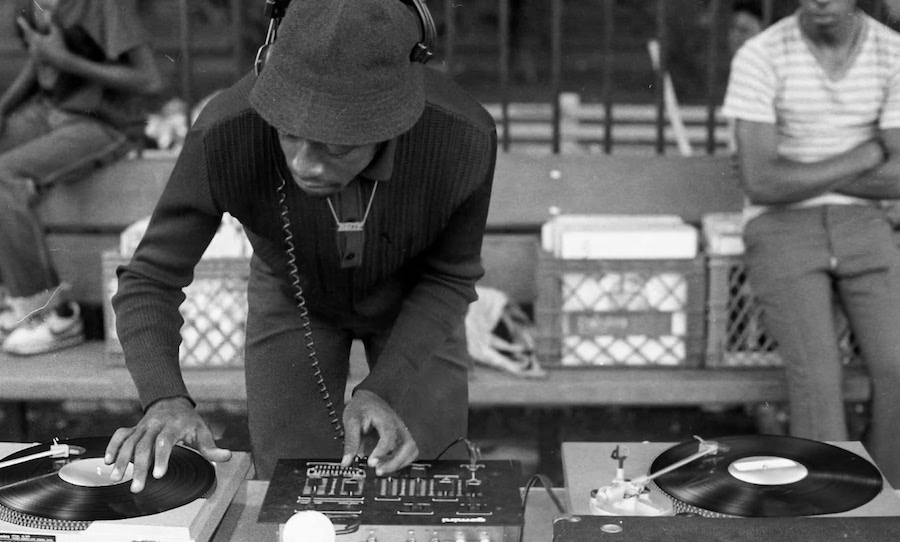
Dawn of the Digital Era
During the 1980s the turntable faded as CDs became the new standard for recorded music, at least for home use. Vinyl remained alive and well in clubs around the world, where it was still a standard. Acid house DJs learnt the ropes from hip-hop pioneers, obsessing over the best needle and cartridge combinations.
The vinyl player had had its fun, but nothing lasts forever. By the turn of the millennium vinyl DJing was taken over by the newfound popularity of CDJs and even CDs began to be ousted by compressed files like the MP3.
The Vinyl Resurgence
Digital formats continued to remain the norm until 2007 when the global music market experienced a slight bump in vinyl sales. By the 2010s the revival of vinyl was coming back in full force, and to this day they’re continuing to grow in popularity despite the overall decline in physical formats.
According to APRA’s statistics, 2018 saw revenue from physical formats account for 15% of Australia’s music sales, down from 25% in 2017. Despite this, in the same year vinyl album sales increased 15.2% which marks eight consecutive years of growth.
In a world consumed mostly by music streaming, it seems the tactility and high quality, warm analogue sound is finding another generation of fans. But things have still changed a lot since vinyl’s heyday in the early 80s, so what does this new resurgence mean for vinyl player manufacturers?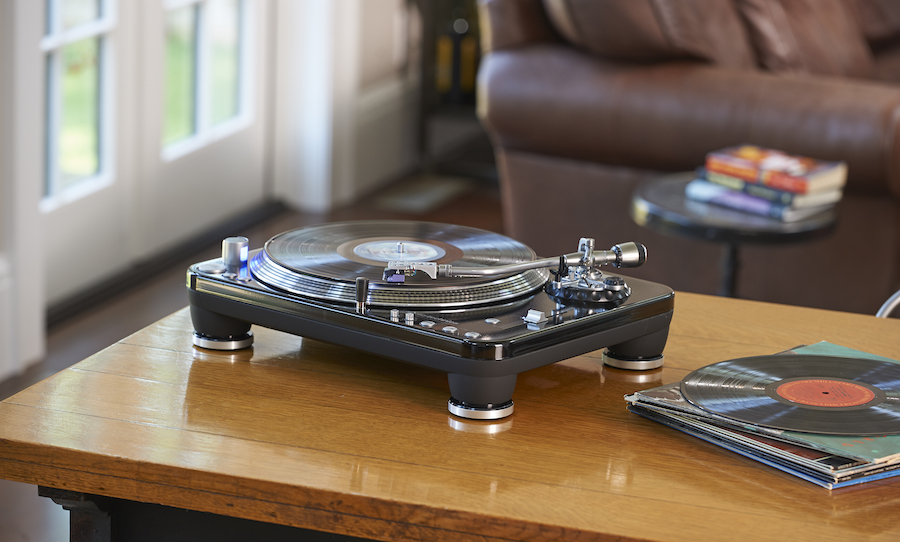
The Modern Player
Part of the huge appeal of vinyl has been its uncompressed sound, and for many, the appeal has been converting their old collection to a large file, high-quality digital format, also known as a FLAC. Generally USB audio interfaces are used for conversion, however, the latest record players come with a built-in USB output, enabling you to connect directly to a PC to retrieve the audio data.
Another sign of the times is the emergence of the Bluetooth record player, which connects directly to wireless headphones or Bluetooth speakers. Audio-Technica’s new AT-LP60XBT uses the combination of an automatic belt drive platform with a CSR Bluetooth chipset that can even connect to devices that support the aptX codec. With more and more headphones and pro audio speakers making use of Bluetooth, this adaptation makes logical sense.
Once thought to be cruising off into obsolescence, the record player has been gifted a new lease of life to cater for the recent resurgence of vinyl in a digital world. Although no format of playback will last forever, most will agree it’s nice to have turntable around for a while longer.
For more information on Audio-Technica’s new turntable range head on over to their website.


